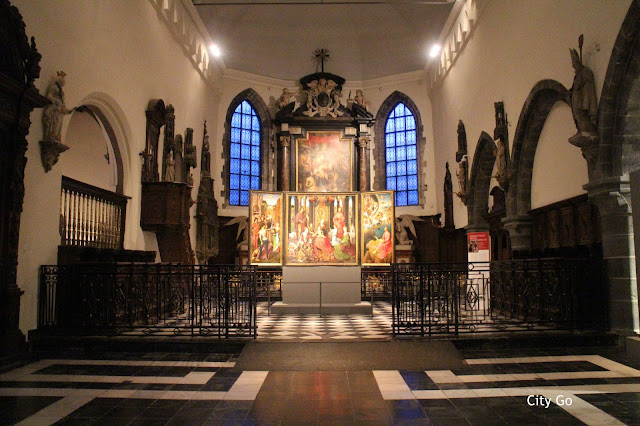Bruges, Belgium

The first fortifications were built during Roman times to protect the coastal area from pirates. After the decline of the Roman Empire, in the 4th century, the Franks took over the whole region. The city is first mentioned in records, in the 9th century, as "Bruggas", a word that probably comes from the old Dutch, meaning bridge. In this century, Baldwin I of Flanders reinforced the Roman fortifications to protect the city from Viking attacks. The city quickly became an important international trading port but in the 12th century, the river Zwin started to silt up. Bruges adapted by building outports in Damme and Sluis after a storm created natural channel connecting the Zwin to the sea, and by taking advantage of its strategic location at the crossroads of the northern Hanseatic League and the southern trade routes. The city became the capital of the County of Flanders in 1089 and received its charter in 1128. By the 14th century Bruges was the warehouse




